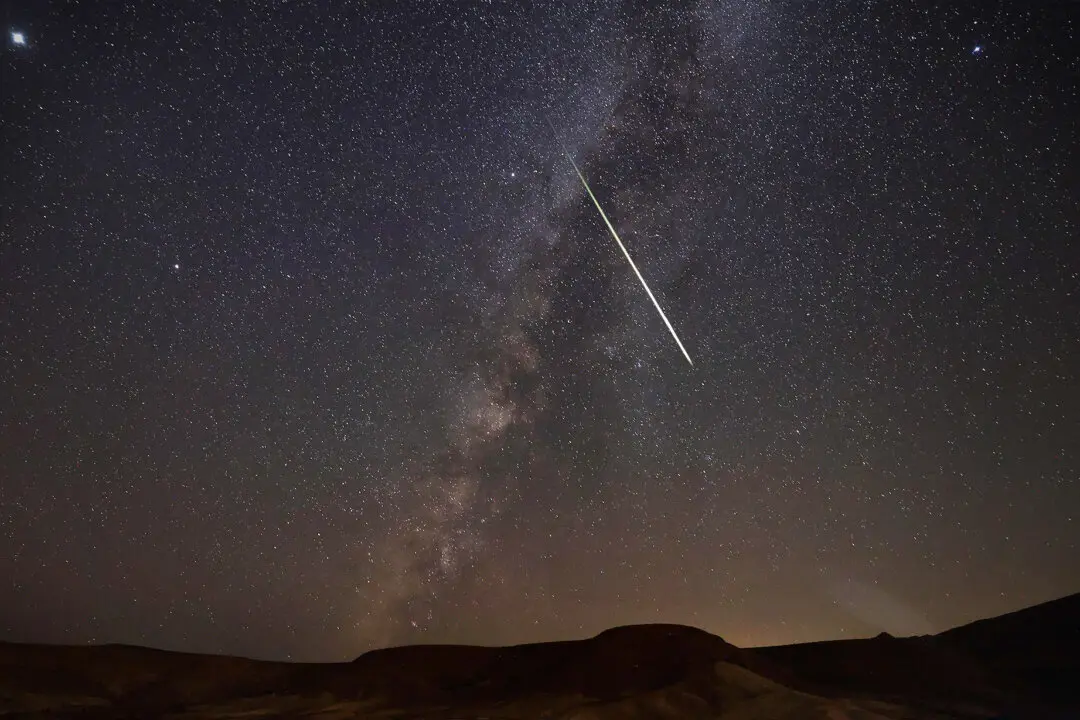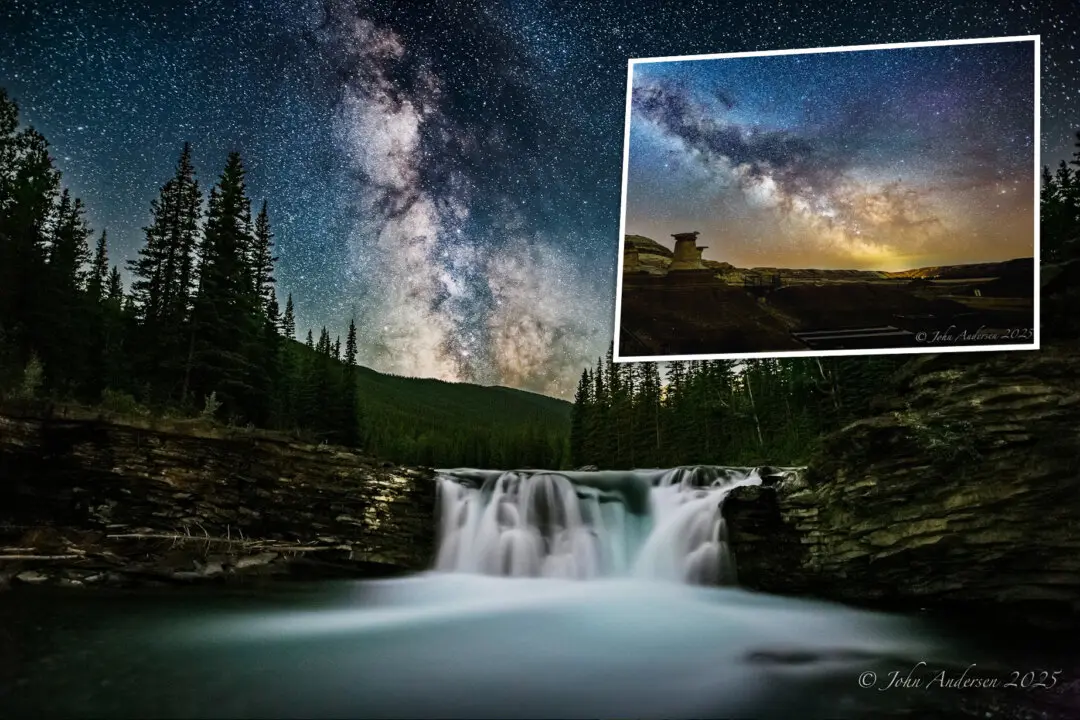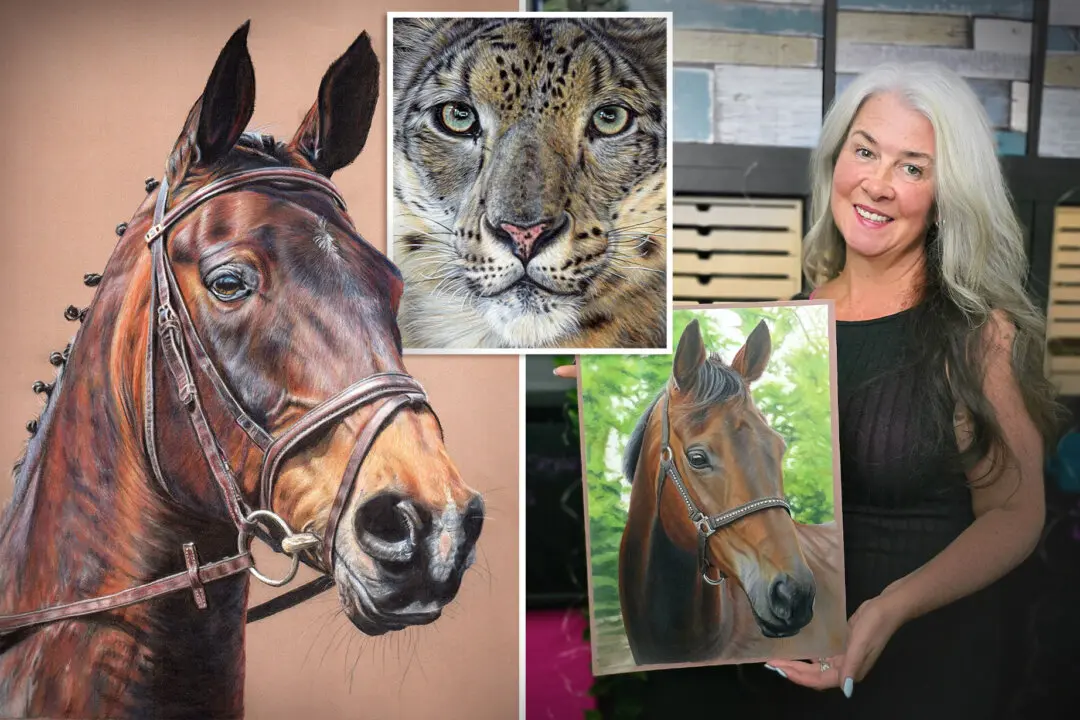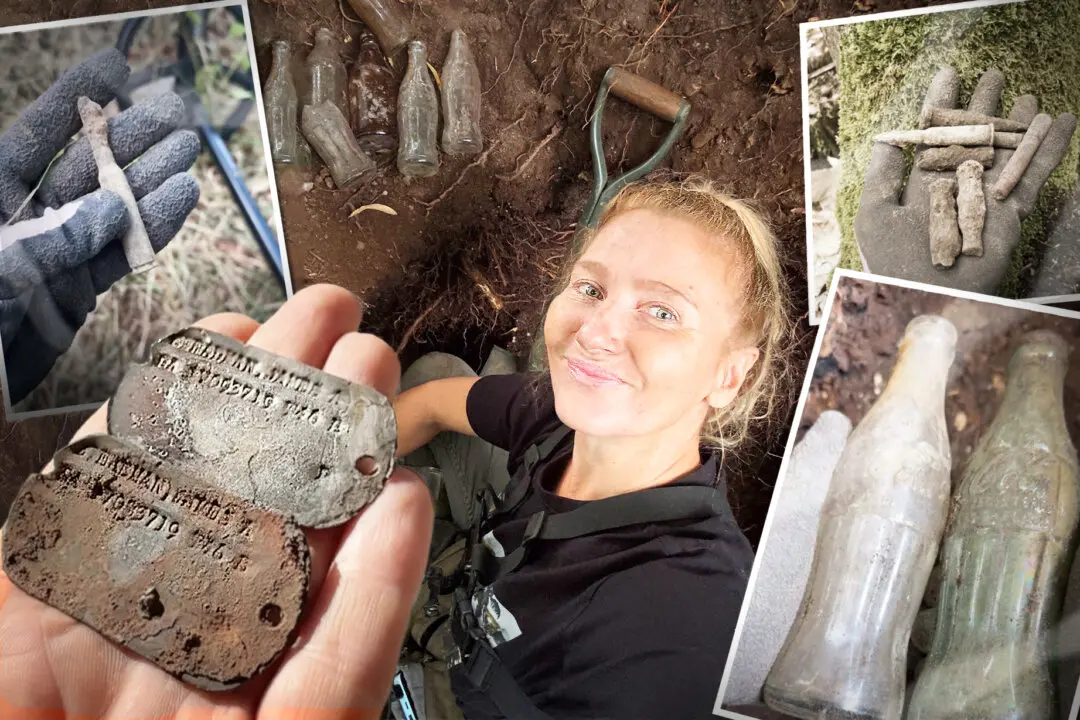At a family backyard barbecue last summer, Craig Boehm’s attention was sharply divided between flipping burgers on a smoking grill and watching the radar on his screen. Weather experts said an approaching storm might slide by just south of Regina, Sask., where Boehm, 47, works full-time in the hospitality sector and chases storms on the side.
With possible tornado warnings on the horizon, Boehm was itching to hit the road. After dinner he hastened his guests off the property, and 20 minutes later was off in his Hyundai SUV with his wife, camera gear stowed.





